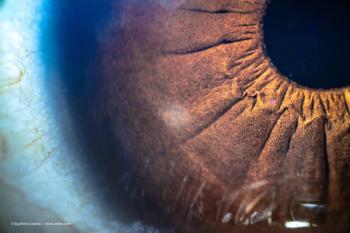
Observation over the long term is needed to determine treatment efficacy.

Observation over the long term is needed to determine treatment efficacy.
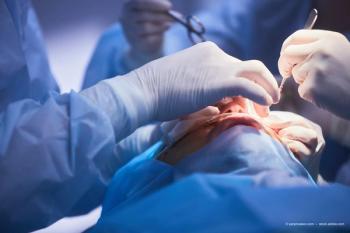
Ophthalmologist details his preferred technique to avoid complications during procedure.

Short learning curve, significant clinical advantages make this a comfortable addition.
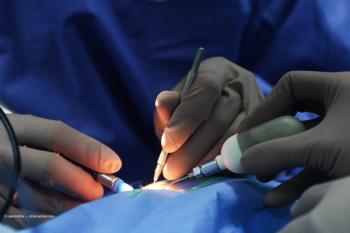
Surgeons learn that timing is everything when using technology.

Patients are serious about procedure and ready to move forward.
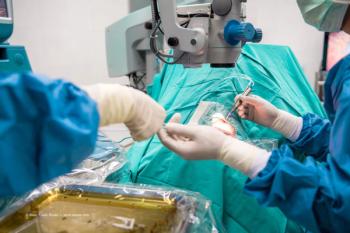
Investigators find treatment is an option for treating open-angle glaucoma.
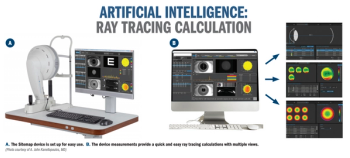
Novel technique provides another option for normal and irregular corneas.
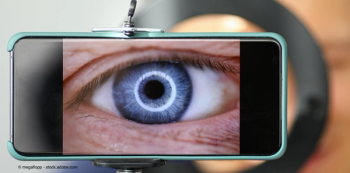
George Waring IV, MD serves as guest host for ‘History and Evolution of Contemporary Refractive Surgery’

An alternative to drops, the option provides consistent therapeutic levels.

The method by which sedation is applied to keep patients relaxed and comfortable throughout cataract surgery can be tailored similar to that of anesthesia — surgical anesthesia is not a one size fits all endeavor.

Refractive surgery for treating myopia is linked to low rates of regression, enhancement.

Minimizing clinic visits, maximizing use of imaging modalities are key.

Pearls for ophthalmologists guides for handling damage during open globe repair.
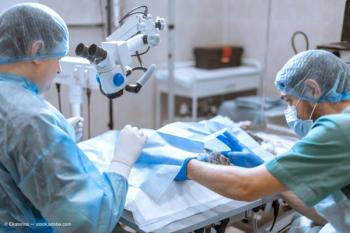
Physicians should consider basing decisions on findings from comprehensive consultation and examination.
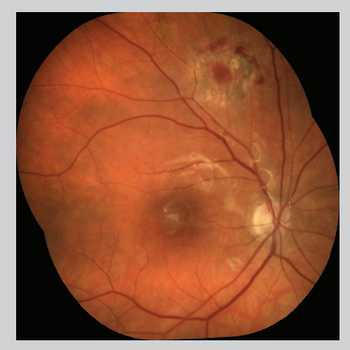

Ophthalmologists can opt to use vital stains for cultures and corneal scrapings.
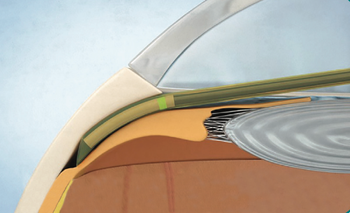
A supraciliary minimally invasive glaucoma procedure may offer a valuable bleb-free treatment option for patients with glaucoma that requires low target pressures.

Practice and preparation are key for mastering the procedure.
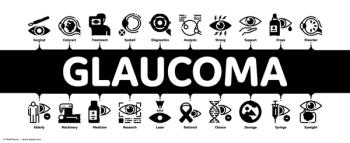
Physician presents pearls for effective use, leading to positive outcomes for patients.

Transient sensory-motor abnormalities are often common.

Women 34% less likely to receive retinal detachment repair.

Cataract surgeons must consider medication history as part of preoperative evaluation.
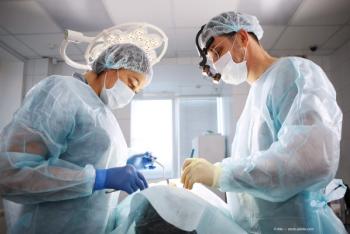
Arsham Sheybani, MD, offers insight on how his glaucoma patient management protocols have altered and the shift in subconjunctival surgery in light of the pandemic.
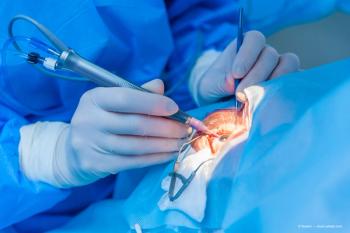
Intraocular drainage surgery may have a future for treating issues.
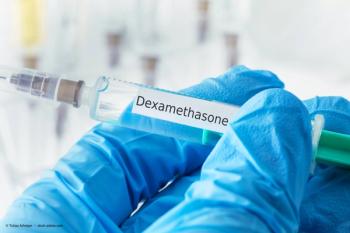
Once-daily corticosteroid treats pain, inflammation after surgery.